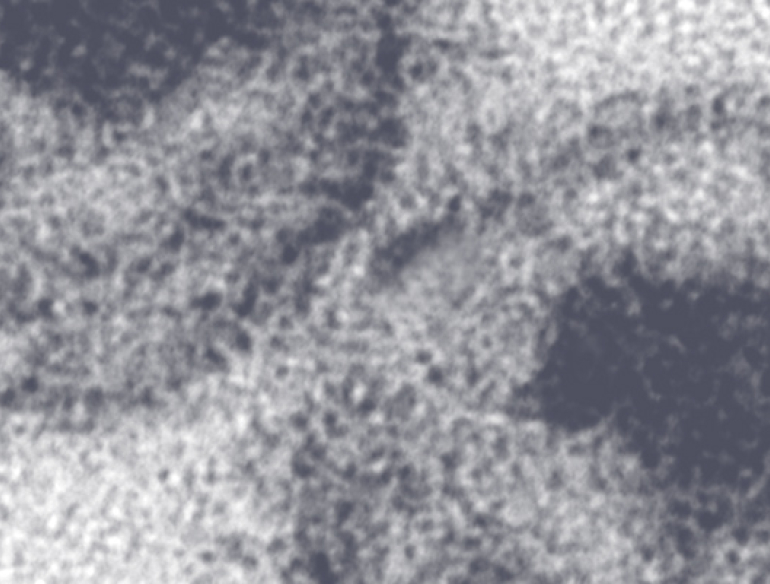- In May 1993, the Australian Paediatric Surveillance Unit (APSU) was established as a Unit of the Australian College of Paediatrics, with the objective of monitoring trends in the occurrence of rare childhood disorders or conditions, or rare complications of common childhood conditions.
- Over the 20 month reporting interval May 1993 to December 1994 inclusive, 136 reports of paediatric HIV infection or perinatal HIV exposure were received by the APSU.
- By 31 January 1995, 100 of 136 questionnaires forwarded to the reporting paediatricians had been returned to the NCHECR, giving an overall response rate of 74%. The response rate increased from 67% in 1993 to 82% in 1994.
- The majority (73%) of cases seen in 1993 and all cases seen in 1994 were cases of perinatal exposure to HIV. Of the 29 cases of perinatal HIV exposure seen in 1993, 6 (21%) were born in 1993 whereas 11 cases (69%) seen in 1994 were born in 1994.
- For the majority (55%) of children with perinatal HIV exposure born in 1994, HIV status remained indeterminate at 31 January 1995 and 4 children have been diagnosed with HIV infection. Of the 34 children born prior to 1994, 16 had been diagnosed with HIV infection, 17 have been confirmed as being HIV antibody negative and the HIV antibody status of 1 case remained indeterminate at 31 January 1995.
The Australian HIV Surveillance Report has been published on a quarterly basis from July 1990. Reports published from January 1994 are available below. Each report includes article(s) on topics of general interest in the epidemiology of HIV and related infections updates on the number of cases of newly diagnosed HIV infection and AIDS in Australia estimates of HIV incidence and prevalence among people seen through a network of sexual health clinics in Australia.
The Australian HIV Surveillance Update provides a brief summary of HIV and AIDS diagnoses in the most recent quarter, the most recent year and cumulative counts. The Australian HIV Surveillance Update was published separately prior to the July 2000 issue of the Australian HIV Surveillance Report. Updates post April 2000 are included in the Australian HIV Surveilance Report.
